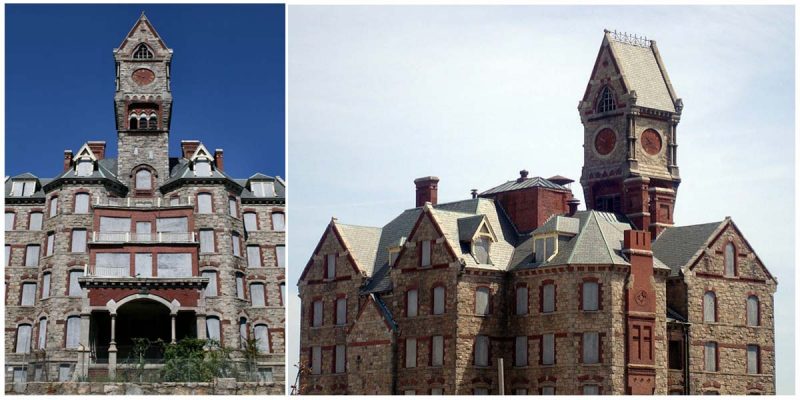Worcester State Hospital, also known as the Worcester Lunatic Asylum and the Bloomingdale Asylum, was a Massachusetts state mental hospital located in Worcester.
Built in the 1830s and credited to the architectural firm of Weston & Rand, it was the first of its kind in the state. It opened on January 12, 1833, and during the first years received 164 patients.
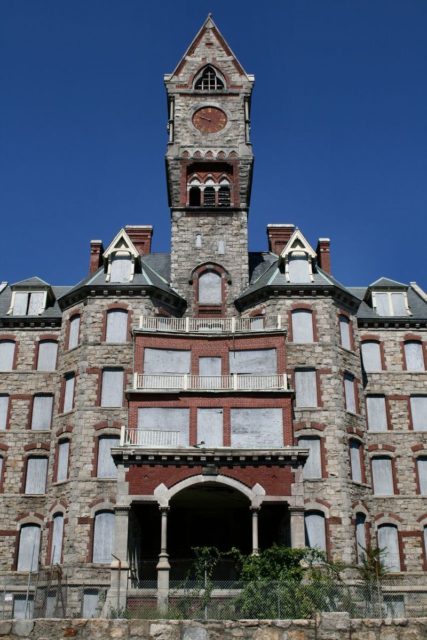
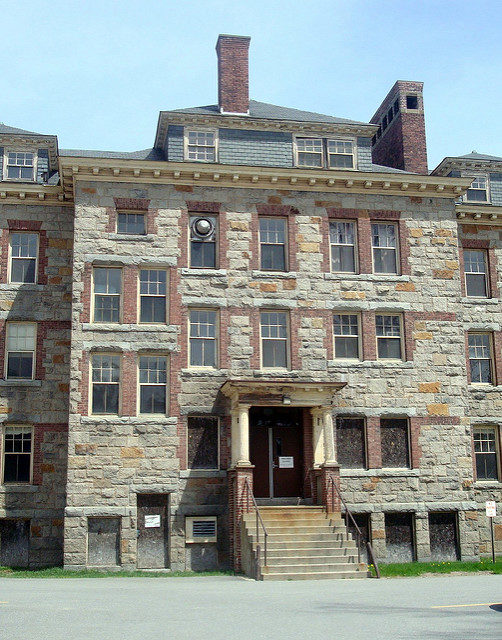
Over the years the facility became overcrowded and superintendent Merrick Bemis called for the construction of a new asylum. A massive structure was to be laid out in the Kirkbride Plan and located on Belmont Street. The construction of the newly built Worcester State Hospital began in 1870 and was completed in 1876 at a cost of over a million dollars.
Severely damaged by fire, the facility officially closed in 1991 but operations still continued in the newer building. According to Asylum projects, the burned out shells of the other areas were bulldozed and the extra stone was used to seal up the gaping holes left by the connections to remaining sections.
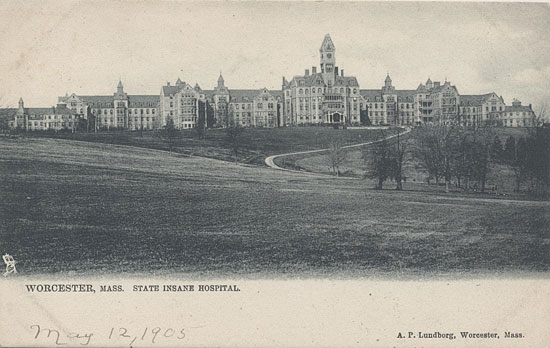
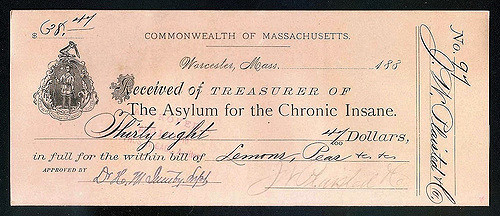
In 2004 there was a proposal for building a new facility on this property which will take the place of both current Westborough and Worcester State hospitals. In 2008, the director of the movie Shutter Island wanted to shoot scenes in this hospital but filming was not approved because of the pending demolition of the facility and instead the filming took place at Medfield State Hospital.
In the same year, the remaining buildings on the property were torn down. The only buildings that survived were the clock tower administration building and the Hooper Turret. No official plans have been confirmed to preserve the remaining administration section. The interior of the Clocktower has recently been determined to be beyond repair by the Commonwealth of Massachusetts.
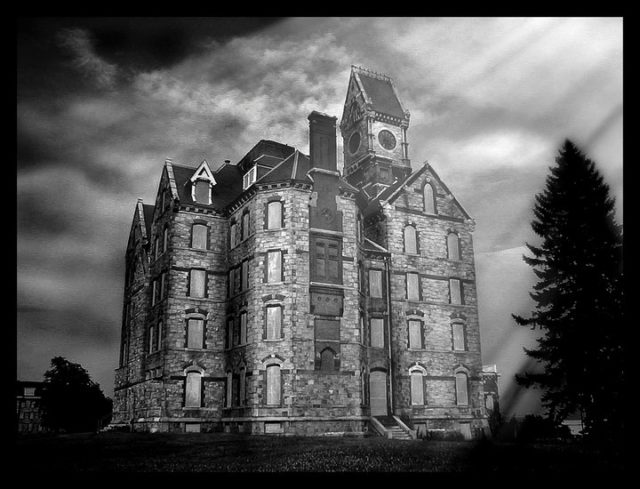
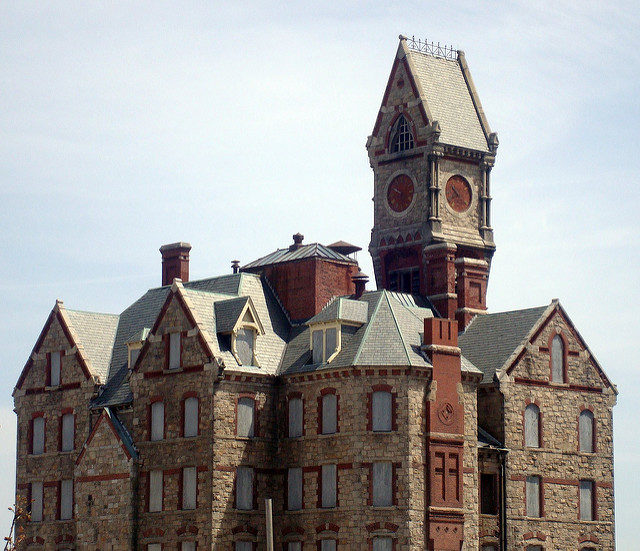
In May 2009, the new Worcester Recovery Center and Hospital was built on the grounds of the old institution. The clock tower will remain at the center of the grounds, directly in front of the main entrance.
The facility has 320 beds: 260 adult beds, 30 adolescent inpatient beds, and 30 adolescent intensive residential treatment beds. The hospital’s surrounding associated historic structures are listed as Worcester Asylum and related buildings on the National Register of Historic Places.
